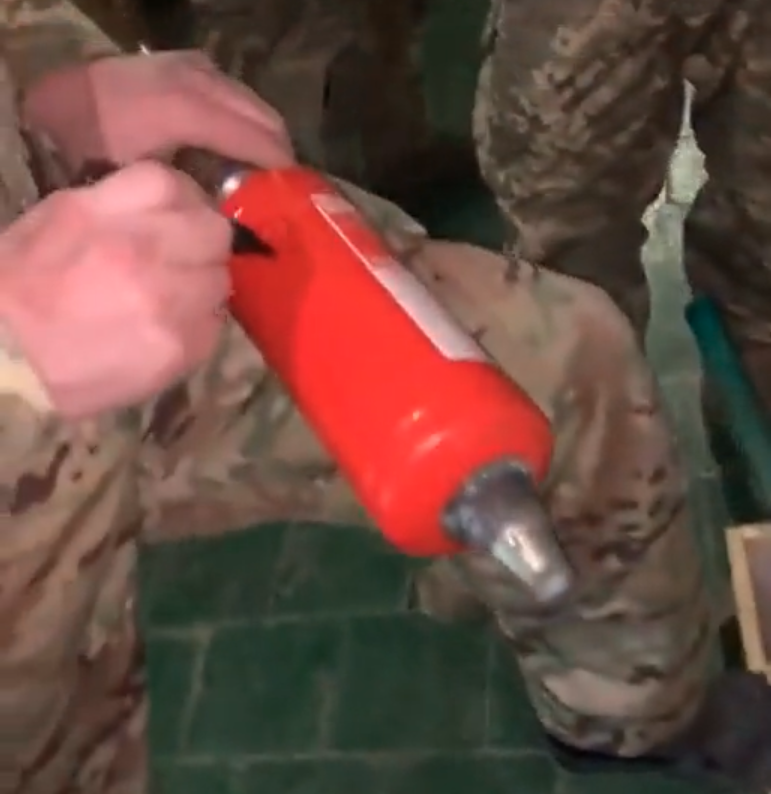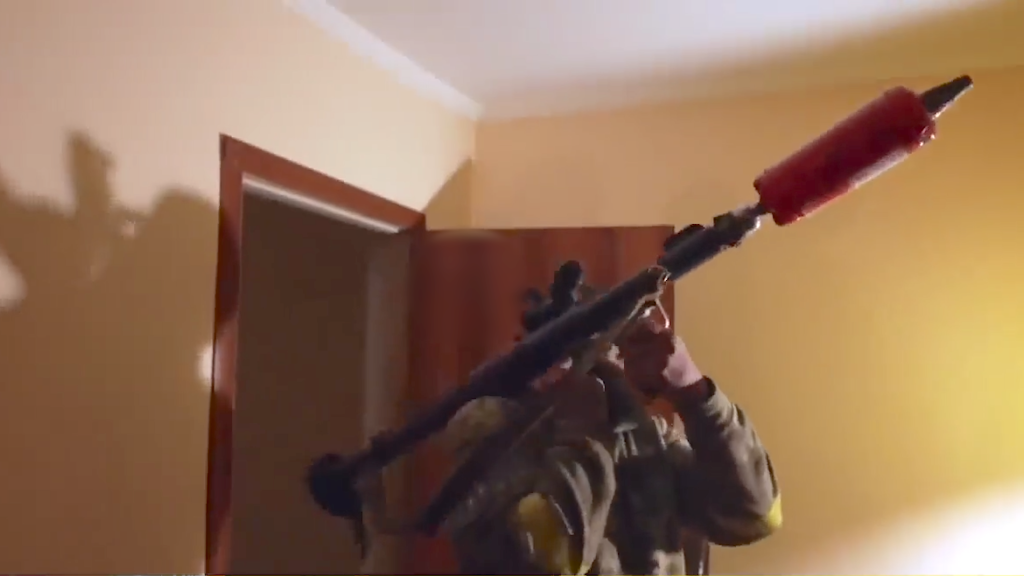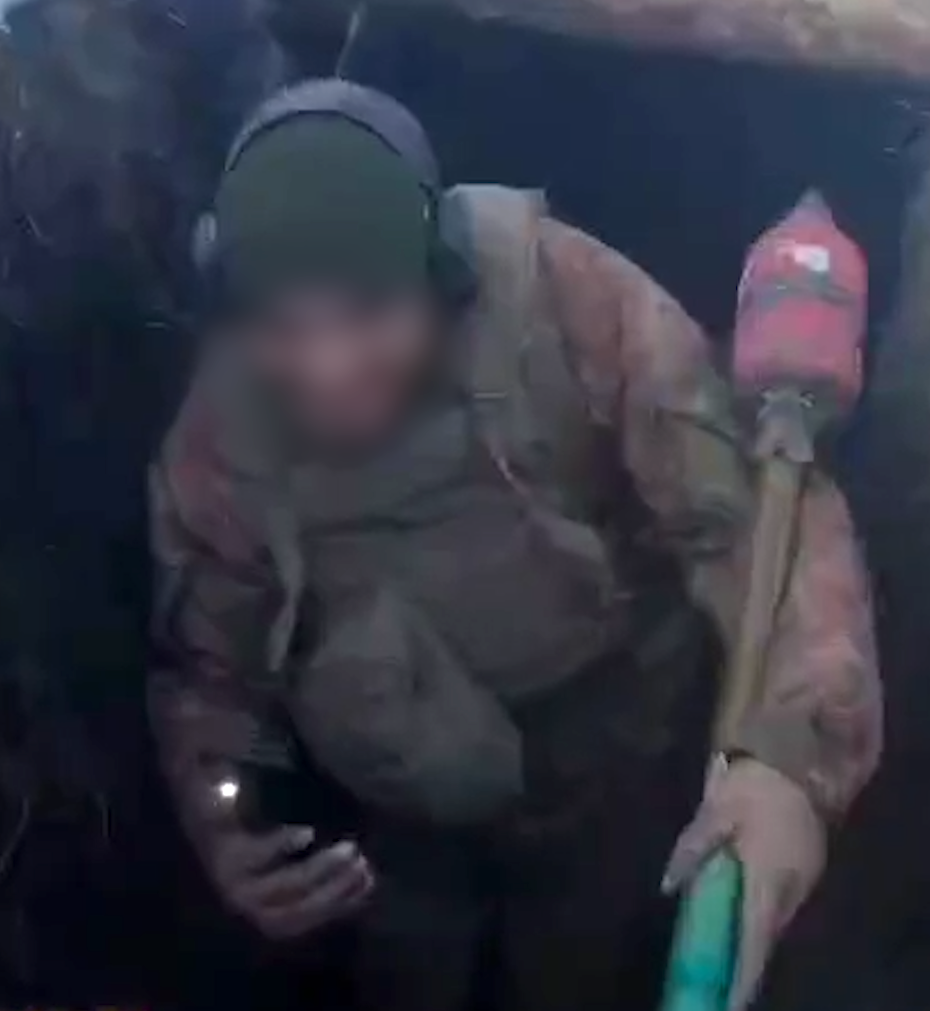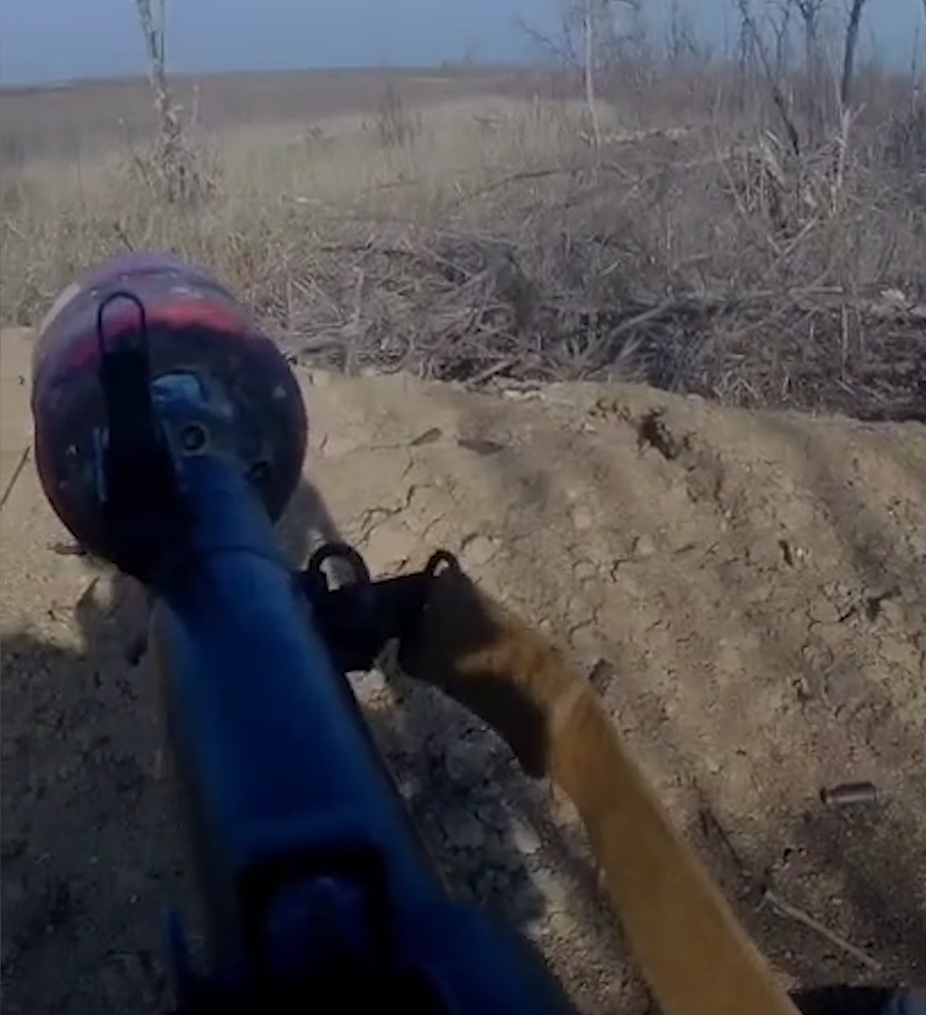The U.S. government announced, on 9 April, the transfer of enough small arms to equip a brigade to the Ukrainian Armed Forces. The weapons originate from the arms shipments that the US Navy and allies have seized in recent years thousands of weapons and millions of rounds of ammunition which have been seized in recent years from Iranian shipments to the Houthis in Yemen.

In a statement U.S. Central Command noted that the arms and munitions had been “originally seized by U.S. Central Command and partner naval forces from four separate transiting stateless vessels between 22 May 2021 to 15 Feb 2023.” The transfer to Ukraine includes 5,000 AK-pattern rifles, RPG-7 rocket launchers, sniper rifles and machine guns. This is not the first transfer of seized small arms to Ukraine with a previous transfer occurring in October 2023, when 1.1 million rounds of an unspecified 7.62mm calibre ammunition were transferred. That transfer was made up of ammunition seized from a single dhow on 9 December, 2022.

On 6 July 2023, the U.S. Justice Department filed a forfeiture action for: “over 9,000 rifles, 284 machine guns, approximately 194 rocket launchers, over 70 anti-tank guided missiles and over 700,000 rounds of ammunition” these were reported to have originated from two dhows in 2021 and two from 2023. This suggests a discrepancy in the number of seized weapons detailed by the forfeiture action and the number subsequently handed over to Ukraine. This perhaps suggests that either a further transfer will follow with the remainder or a substantial portion of the arms and ammunition were not suitable for transfer for some unknown reason.
In terms of the types of small arms being transferred we can get a pretty good idea from examining the previously released images of the arms seized over the last couple of years. These include:
- Chinese Type 56-1 7.62x39mm AKs
- Russian VEPR AKS20U [VPO-158N-06] in 5.45x39mm (these will likely be useful for support troops and vehicle crews)
- PK-pattern general purpose machine guns or Iranian and Chinese origin
- Russian Kornet and Iranian Dehlaviyeh anti-tank guided missiles
- Chinese Type 69 and Iranian RPG-7 clones
- Iranian AM-50 12.7x99mm anti-materiel rifles
- Chinese SVD clones
- Imagery of seized ammunition suggests 7.62x54mmR, 7.62x39mm, and 12.7x99mm
US Central Command noted that:
“The munitions were being transferred from the IRGC to the Houthis in Yemen in violation of the United Nations Security Council Resolution 2216. U.S. CENTCOM is committed to working with our allies and partners to counter the flow of Iranian lethal aid in the region by all lawful means including U.S. and U.N. sanctions and through interdictions.”
The U.S. Justice Department confirmed in a statement that the transfer took place on 4 April, also explaining that the transfer required a civil forfeiture ruling against seized arms and ammunition which enabled the hand over. Attorney General Merrick B. Garland said: “The Justice Department will continue to use our legal authorities, including forfeiture, to support the Ukrainian people in their fight.”

Most recently, in February 2023, the U.S. Navy reported that “more than 5,000 weapons and 1.6 million rounds of ammunition” had been seized since the beginning of the year. In 2021 alone, approximately 9,000 weapons were intercepted on their way to the Houthis. This suggests that if the weapons have not already been disposed of then there a further stocks of seized weapons to draw on for transfers to Ukraine. It remains to be seen if and when further transfers of seized weapons will be made and when the transferred weapons will begin to be spotted in the field.
Support Us: If you enjoyed this video and article please consider supporting our work here. We have some great perks available for Patreon Supporters – including early access to custom stickers and early access to videos! Thank you for your support!





























